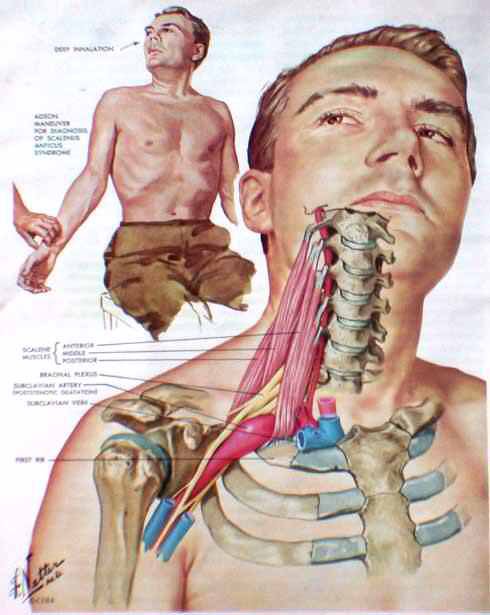Alexis Littré (1654-1726), a French physician and anatomist, described a hernia containing a Meckel’s diverticulum (Littré’s hernia). He also described the mucous urethral glands of the male urethra (Littré’s glands).
German surgeon Franz Kaspar Hesselbach (1759-1816) described Hesselbach’s triangle, made of the lateral margin of the rectus sheath (medial border), inferior epigastric vessels (superolateral) and the inguinal ligament (inferior). Direct inguinal hernias go through this triangle
@NaanDerthaal @ZuluFoxSunray Right! Penfield dura dissectors for Wilder Penfield (who practiced in Montreal 🇨🇦), Horsley bone cutters for Sir Victor Horsley (also Horsley bone wax, and, uh, dural tears for @NaanDerthaal ?
The rongeur, a surgical instrument used for nibbling away at bone, comes from the French word for rodent! The first recorded design was by an English surgeon, Dr. Robert Masters Kerrison (1776-1847)
German surgeon & pathologist Max Wilms (1867-1918) published “Mixed Tumours of the Kidney” in 1899, described nephroblastoma and its origin, now known as Wilms tumour. He contracted diphtheria during emergency tracheotomy on a French POW during WW I. His patient survived.
The cloaca, in embryology, develops into the genitourinary system and rectum. A “persistent cloaca” is a birth defect where the rectum, vagina and urinary tract fuse into a common channel, requiring surgery. Cloaca is Latin for sewer. The Cloaca Maxima still exists in Rome!
The Ancient Romans were famous for their lead plumbing used to bring in fresh water and flushing away waste (Latin plumbum meant lead, giving us plumbing, and Pb, symbol for lead), but did you know that the Latin word for pipe is fistula?
Seishū Hanaoka (1760-1835), a Japanese surgeon, developed a herbal concoction he called tsusensan, which allowed him to remove a breast tumour from a patient on October 13, 1804. The Japanese Society of Anesthesiologists have a Datura flower in their emblem in honour of this.
Adson’s forceps are named after American surgeon Alfred Washington Adson (1887-1951). He worked at the Mayo Clinic, where he helped develop the neurosurgery department. Adson also described a manoeuvre to identify patients with thoracic outlet syndrome!
The latest podcast episode covers thoracic outlet syndrome, where either the brachial plexus (nerves) or subclavian vessels (vein or artery) are compressed, causing symptoms.


























